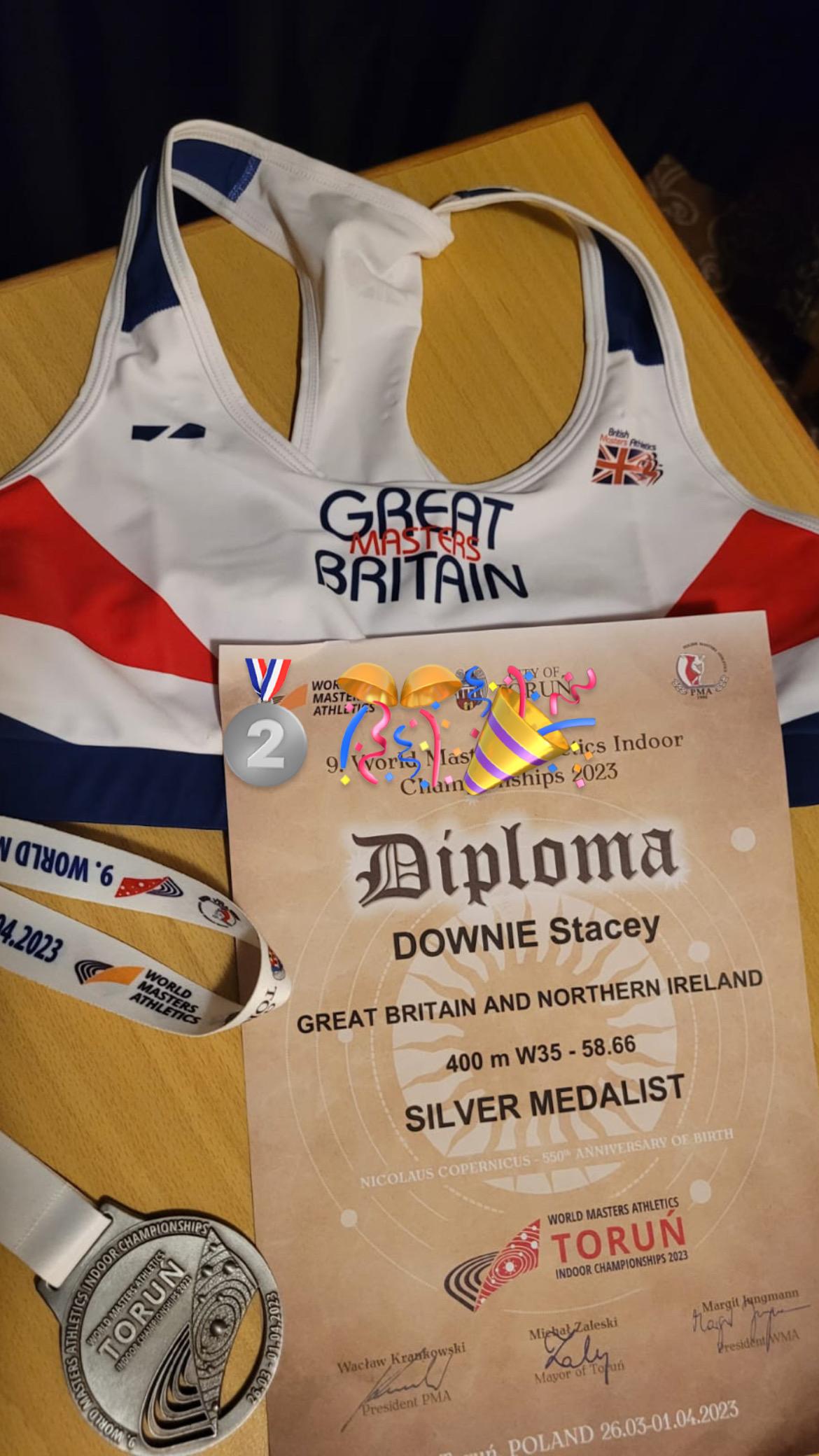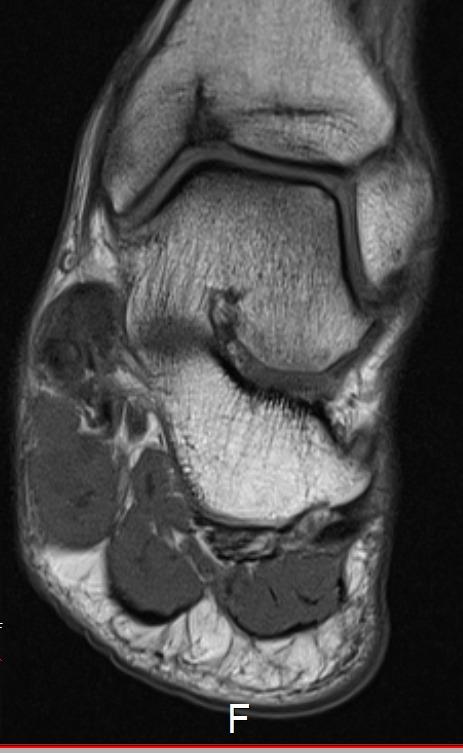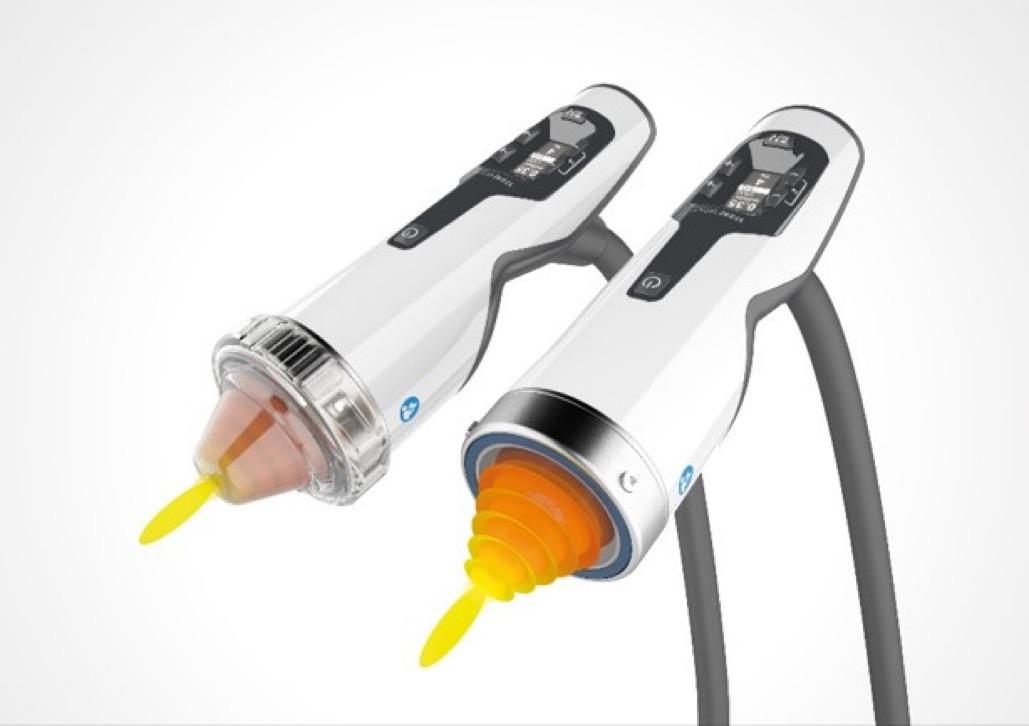Shockwave_for_In_Season_Athletes_1680668679
Utilizing Extracorporeal Shockwave Therapy for in-Season Athletes
Hye Chang Rhim 1 , Joanne Borg-Stein 1, Steven Sampson 2,† and Adam S. Tenforde 1,*,†
1 Department of Physical Medicine and Rehabilitation, Harvard Medical School, Boston, MA 02115, USA; [email protected] (H.C.R.) 2 David Geffen School of Medicine, University of California, Los Angeles, CA 90095, USA * Correspondence: [email protected] † These authors contributed equally to this work.
Introduction
An athlete’s health and availability to train and compete at an optimal performance level is a growing focus for professional sports organizations. Back-to-back competitions with limited recovery time, along with travelling across multiple time zones, are inherent challenges [1]. Studies suggest that a higher rate of injuries are sustained during the pre-season and during competitions [2]. These injuries include, but are not limited to, muscle strains [3], tendinopathies [4], and injuries to bone [1,5]. Athletic injuries can be challenging to treat in-season, with unpredictable healing times following treatment interventions. Surgical management is typically reserved for off-season athletes, as recovery commonly requires a substantial rehabilitation period of 6 to 9 months post-operatively [4]. Identifying methods to treat injuries that exert positive clinical effects within 3 months would be desirable for in-season athletes. Emerging research suggests that extracorporeal shockwave therapy (ESWT) may represent an effective treatment to address sports-related injuries for in-season athletes and accelerate return to play.
What Is ESWT?
Shockwaves are a type of energy that has biological effects at cellular, tissue, and organ levels. Some of the proposed mechanisms of action for ESWT include increased collagen synthesis [6], cellular proliferation and wound healing [7,8], pain reduction [9], and neovascularization [10]. ESWT currently has two primary modes of delivery: radial shockwave therapy (R-SWT) and focused shockwave therapy (F-SWT). R-SWT generates pressure waves that reach lower speeds and have lower peak pressure and therefore work on more superficial structures. On the other hand, F-SWT has the capacity to achieve deeper penetration from the site of application [11]. While both forms of ESWT have been used to treat a variety of conditions, the differences in their mechanistic effects may lead to different outcomes for a given condition. ESWT has been shown to be effective in common athletic injuries, including plantar fasciitis [12], Achilles tendinopathy [13], medial tibial stress syndrome [14], and proximal hamstring tendinopathy [15]. Some of the potential side effects include post-procedural pain, skin erythema, skin bruising, hematoma formation, nerve irritation, and superficial edema [11]. ESWT has been known to be effective for the longitudinal management of musculoskeletal injuries and has a favorable safety profile, with recent work suggesting feasibility to support utilization of treatment in the care of in-season athletes.
What High-Level Evidence Is Available to Support the Use of ESWT for In-Season Athletes?
Muscle injury: ESWT was shown to increase muscle elasticity, muscular tone, and muscular recruitment in selected muscles of healthy athletes within 30 days after 3 sessions



